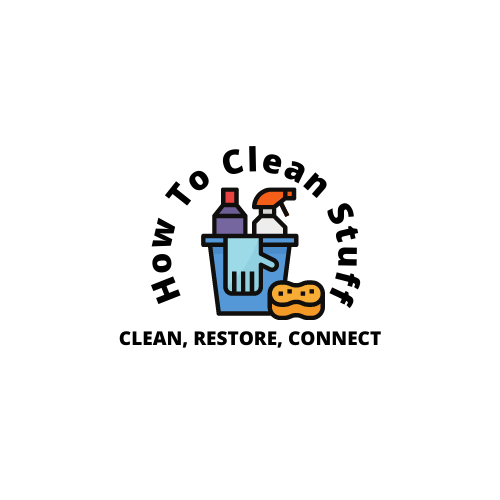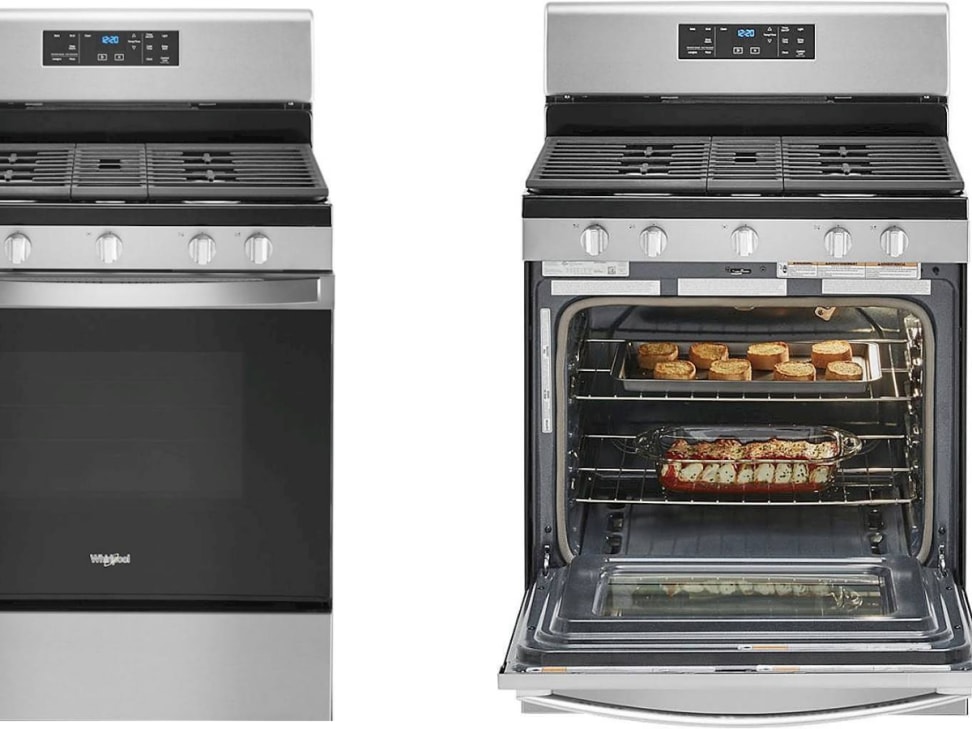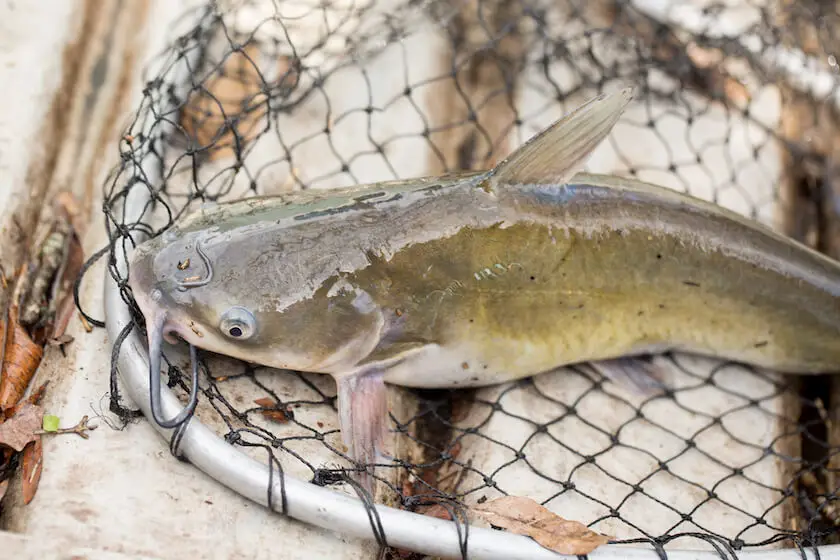Cleaning a gas oven can be a simple and rewarding task, ensuring that your oven stays in good working condition and your food tastes its best. First, gather your supplies: a pair of gloves, a sponge or scrub brush, a mild detergent, and a small bucket of warm water.
Start by removing the oven racks and soak them in warm, soapy water to loosen any stuck-on grime. While they soak, use a damp cloth to wipe away any loose debris from the inside of the oven. Next, create a paste by mixing baking soda and water together, and spread it evenly over the interior surfaces of the oven, avoiding the heating elements.
Let the paste sit for at least 30 minutes to allow it to break down stubborn stains and grease. After the waiting period, use a sponge or scrub brush to gently scrub the surfaces, focusing on any areas that require extra attention. Rinse the sponge or brush frequently to remove accumulated grime.
Once you’ve thoroughly scrubbed the oven, dampen a clean cloth with warm water and wipe away the residual baking soda paste. Make sure to rinse and wring out the cloth frequently to ensure a thorough clean. Finally, dry the interior of the oven with a clean towel before reinserting the racks.
Cleaning a gas oven doesn’t have to be a daunting task. With the right techniques and a little effort, you can maintain a sparkling clean oven that’s ready for all your culinary adventures.
Dos
- Use a mixture of baking soda and water as a natural cleaning agent.
- Remove the oven racks and let them soak in warm soapy water.
- Scrub away baked-on food with a non-abrasive sponge or brush.
- Clean the oven window with a vinegar and water solution.
- Wipe down the interior and exterior of the oven with a damp cloth.
Donts
- Don’t use harsh chemical cleaners as they can damage the oven.
- Don’t use metal scrubbers or abrasive cleaning tools that can scratch the surface.
- Don’t forget to disconnect the gas supply before cleaning the oven.
- Don’t spray cleaning solutions directly onto the oven’s heating elements.
- Don’t neglect cleaning the oven regularly to prevent buildup and odors.
Step 1
Turn off the gas supply to the oven.
Step 2
Remove the oven racks and trays.
Step 3
Mix a cleaning solution of warm water and mild detergent.
Step 4
Apply the cleaning solution to the interior surfaces of the oven.
Step 5
Wipe down the surfaces with a clean cloth or sponge.
Final thoughts 💭
Cleaning a gas oven is an essential task to ensure it operates efficiently and safely. By following a few simple steps, you can effectively remove grease, grime, and food residue from your gas oven. Start by removing the grates, pans, and racks from inside the oven, and soak them in warm soapy water. Create a paste using baking soda and water, and apply it to the interior surfaces of the oven. Let it sit for a few hours or overnight to break down stubborn stains. Then, scrub the surfaces using a non-abrasive sponge or brush. Wipe away the paste and residue with a damp cloth or sponge, and dry the oven thoroughly. Finally, reassemble the grates, pans, and racks, and your gas oven will be clean and ready to use. Regular maintenance and cleaning will extend the lifespan of your oven and ensure your cooking experience remains enjoyable. Happy cleaning!






Leave a Reply